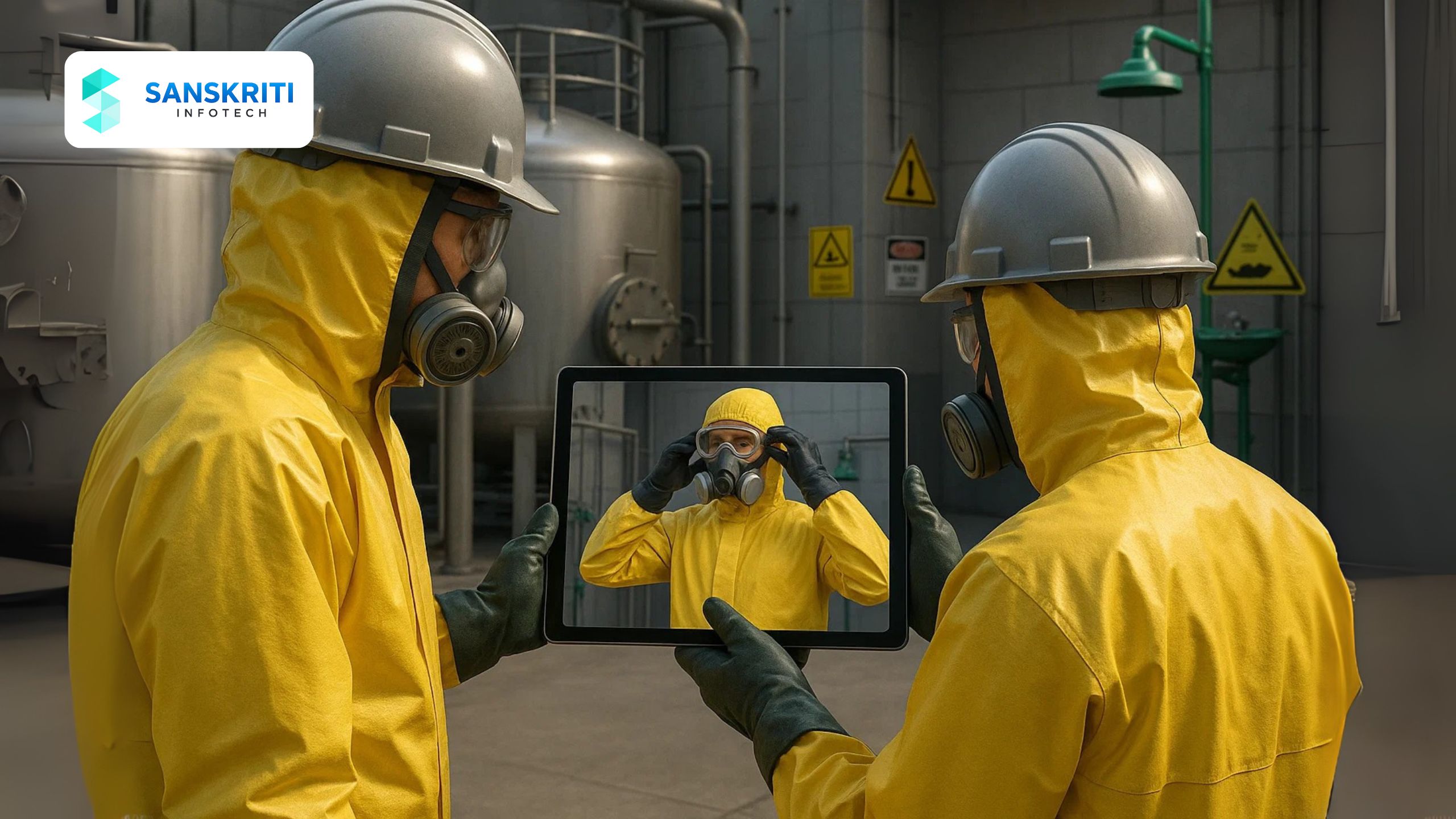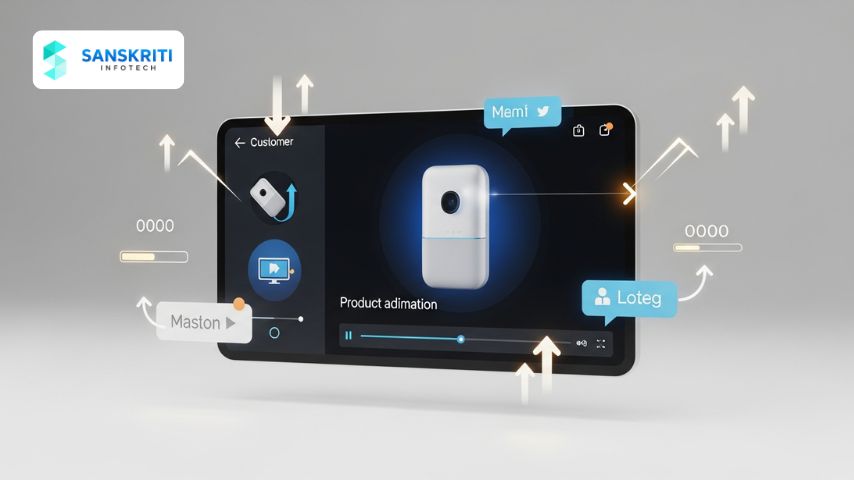Table of Contents
Introduction
PPE training video is an essential resource in chemical facilities, where workers are frequently exposed to hazardous materials, corrosive agents, and toxic fumes. Yet, many organizations still rely on outdated methods—manuals, classroom sessions, or generic PowerPoints—that fail to engage, educate, or ensure compliance.
This is where 3D animation steps in. By simulating real-world chemical hazards and step-by-step PPE protocols, animated videos help employees understand how to properly don, use, and dispose of safety gear in a high-risk environment. In this blog, we explore the role of 3D-animated PPE training videos in transforming safety awareness and compliance in chemical facilities.
Why PPE Training Is Crucial in Chemical Plants
Chemical facilities are complex and dangerous workplaces. A small mistake—like wearing the wrong gloves or improperly removing a face shield—can lead to severe injuries or exposure.
Effective PPE training ensures workers:
– Know when and how to use PPE
– Understand what each item protects against
– Perform donning and doffing safely
– Dispose of contaminated gear properly
Shortcomings of Traditional Training
– Generic content that doesn’t match site-specific risks
– Lack of visual demonstrations
– Language or literacy barriers
– Limited engagement or retention
– Inability to easily update material when SOPs change
Advantages of 3D PPE Training Videos
- Realistic Hazard Simulation: Show chemical splashes, vapor exposure, and corrosive leaks
• Step-by-Step Demonstration: Proper donning/doffing techniques
• Site-Customized Content: Match your actual uniforms, gear, and zones
• Multilingual Access: Subtitles or dubbing for global teams
• Digital Distribution: Access via LMS, mobile, or kiosk
Case Study: PPE Animation in a Pesticide Plant
A pesticide manufacturer used 3D animation to illustrate correct procedures for using full-body chemical suits, respirators, and eye protection.
Results:
– 70% reduction in improper PPE usage
– Fewer safety incidents
– Higher audit scores and inspector feedback
Developing a PPE Training Video for Your Facility
– Map high-risk zones and related PPE requirements
– Script SOPs with input from safety officers
– Include common errors and how to avoid them
– Use branded uniforms and real facility layouts
– Validate the content with EHS experts before rollout
Best Environments for This Training Format
– Chemical manufacturing units
– Refineries and hazardous storage depots
– Pharmaceuticals and biotech
– Paint and coatings factories
– Water treatment and waste disposal plants
Conclusion
With chemical hazards becoming more diverse and regulations stricter, PPE training needs to evolve. 3D-animated training videos bring a new level of clarity, memorability, and visual realism that traditional materials simply can’t match. They help ensure that every worker not only knows what PPE to use—but how and why.
At Sanskriti Infotech, we specialize in creating custom PPE training videos tailored to your industry, facility layout, and workforce.
📞 Reach out to us today to bring your safety training into the 3D era.






